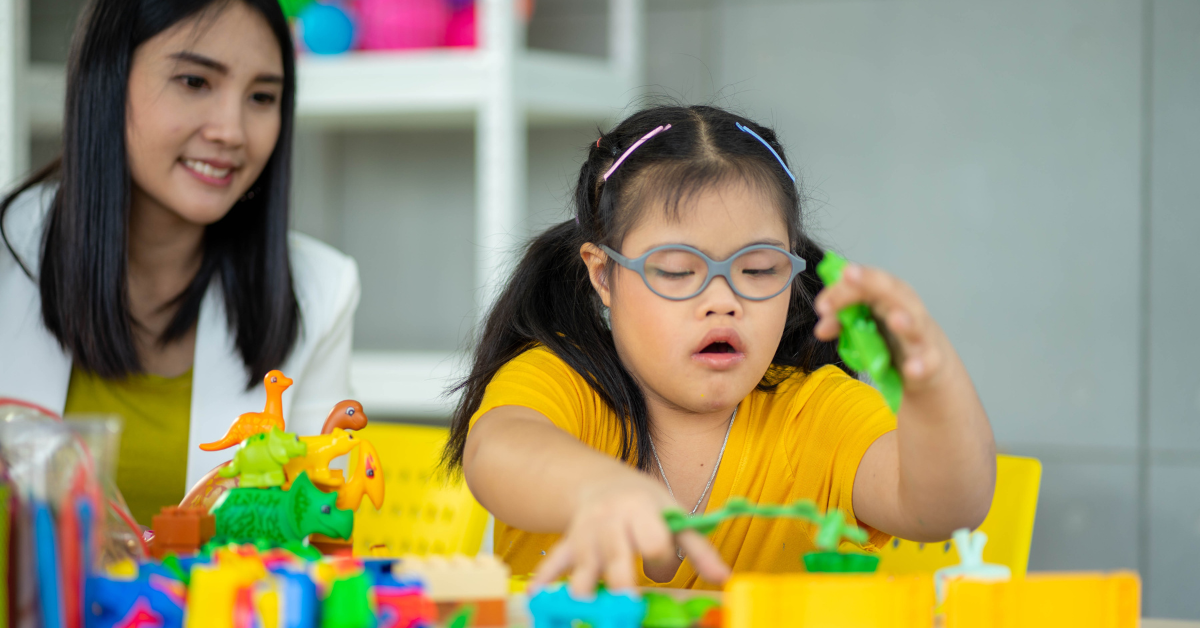Autism Spectrum Disorder (ASD) is an intricate neurodevelopmental state that affects a person’s ability to communicate, interact with others, and understand the world around them. It’s important to understand that autism is a spectrum, meaning it affects each individual differently. Some people with autism may experience mild challenges, while others may face significant difficulties.
The World of an Autistic Child
Imagine a world where sounds are overwhelming, social interactions are confusing, and changes to routine are terrifying. This is the reality for many children with autism. They might find it challenging to understand and respond to facial expressions, tone of voice, or body language. Simple tasks like joining a group activity or following instructions can be incredibly challenging.
Sensory overloads are common. Bright lights, loud noises, or rough textures can cause distress. These children often have intense interests, focusing deeply on specific topics, which can sometimes be seen as unusual. It’s crucial to remember that these behaviors are not intentional; they are often attempts to cope with an overwhelming world.
Autism Classroom: Creating an Inclusive Classroom
Teachers play an important role in creating a supportive environment for autistic students. Here are some tips:
- Understanding: Learn about autism. The more you know, the better equipped you’ll be to support your students.
- Communication: Open communication with parents is essential. Collaborate to understand the child’s strengths, challenges, and preferences.
- Routine: Consistency is key. Create a predictable classroom routine. Visual schedules can be helpful for students who struggle with transitions.
- Sensory Considerations: Make adjustments to the classroom environment, such as reducing noise levels or providing sensory breaks.
- Individualized Education Plan (IEP): Work closely with the child’s IEP team to develop strategies tailored to their specific needs.
- Positive Reinforcement: Focus on rewarding positive behaviors. This helps build self-esteem and encourages desired actions.
- Patience and Empathy: Remember, every child learns differently. Be patient and understanding.
- Social Skills: Teach social skills explicitly, using role-playing and real-life examples.
Breaking Down Barriers
It’s important to challenge stereotypes and misconceptions about autism. These children are capable of amazing things, and with the right support, they can achieve their full potential.
Avoid labeling students. Every child is unique, and focusing on their abilities is more helpful than focusing on their diagnosis.
Educate your peers and community about autism. Raising awareness can create a more inclusive society for everyone.
Remember, inclusion is about creating autism classrooms where everyone feels valued and supported. By understanding autism and making necessary adjustments, we can help autistic students thrive in the classroom and beyond.
Small Steps, Big Impact
Creating an inclusive autism classroom is a journey, not a destination. It involves continuous learning, adaptation, and collaboration. By working together, teachers, parents, and the community can make a massive difference in the school lives of autistic children.
Let’s create a world where every child feels accepted, understood, and empowered to reach their full potential.







